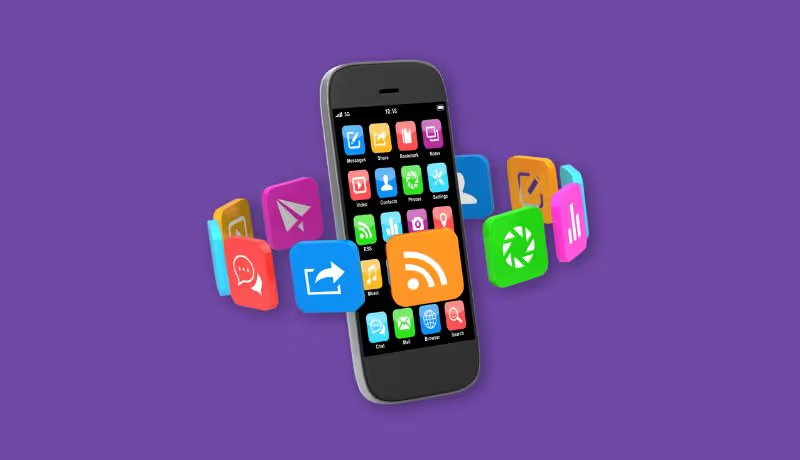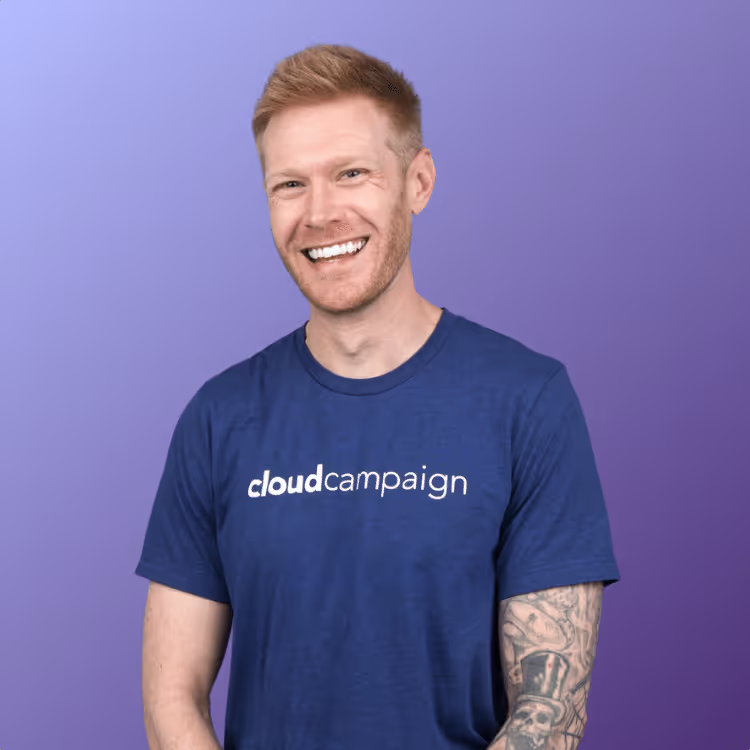
CONTENTS

With Meta’s new platform, Threads, taking the world by storm, you might have heard the term “fediverse” thrown around amidst discussions around the new app.
So what is the fediverse, and why should you care as a marketer?
What is the fediverse?
First things first - no, Meta did not partner with Kevin Federline to rebrand the Metaverse (although we would love to see that).
The fediverse refers to a network of interconnected websites, social media platforms, and other online channels that are used to promote a brand or product.
The idea is to create a cohesive online presence that can attract and engage a target audience, regardless of platform. Kind of like one unified social network.
How does the fediverse work?
One easy way to understand the fediverse is to compare it to phone carriers.
Let’s say you’re making a call from your landline from California (do those still exist?) to your friend’s smartphone in New York.
Even though you can reach your East Coast friend instantly across thousands of miles, there are a series of carriers and protocols your call goes through to connect these two very different devices.
That’s because these devices use agree-upon standards to make connecting seamless, regardless of device.
The same is true with the fediverse, which allows you to interact with users online, regardless of platform or device.
This is done through interconnected servers. And while there are many types of fediverse servers with different niches like photo sharing, video sharing, streaming, etc., they’re able to interface with each other through a standard called ActivityPub.
Technology providers that use the fediverse standard agree to certain protocols or standards that other platforms can understand and respond to. Kind of like the APIs (application programming interfaces), we use to connect Cloud Campaign to social media platforms.
What does the fediverse look like in the real world?
All this talk of interconnected services sounds great, but what does it look like in the real world?
The interaction on the fediverse is smooth and works across servers of different types, so you might not even notice you’re already in the fediverse (just take the red pill, Neo, and you’ll be fine).
Each server type presents interactions in a way that appears normal to the user, regardless of the type of server.
For instance, a user on a Mastodon server can follow an account on a PeerTube server. If the PeerTube account posts a video, the Mastodon user will see it in their timeline as a regular Mastodon post.
If the Mastodon user comments on the video post, the comment will appear below the video on the PeerTube server. The interaction is so seamless that users may not even realize they are interacting with different servers and server types.
Why should marketers care about the fediverse?
The fediverse has been thrust into the limelight with Instagram’s new conversation-focused app, Threads, disrupting the social space.
That’s because Threads has adopted this standard, meaning that users will be able to engage with each other, even if they’re using different apps.
However, it’s important to note that currently, the major competing social media platforms like Instagram, Twitter, and YouTube are not integrated into the fediverse. While Meta is spearheading the effort to mainstream the fediverse, it’s still up in the air whether other players, like Google or TikTok, would allow cross-access to their userbase.
This represents an attractive opportunity for marketers looking to continue conversations, build relationships, and deliver the right message at the right time - regardless of platform.
However, the fediverse’s “techy” and open-source nature means that many of the platforms that are supported aren’t the ones used in traditional social media marketing stacks. Check out this list of fediverse servers and applications to find out which services are supported.
As the fediverse and its network of connected apps grow, so too does the ability to communicate and reach audiences across entire platforms and regions.
.png)



